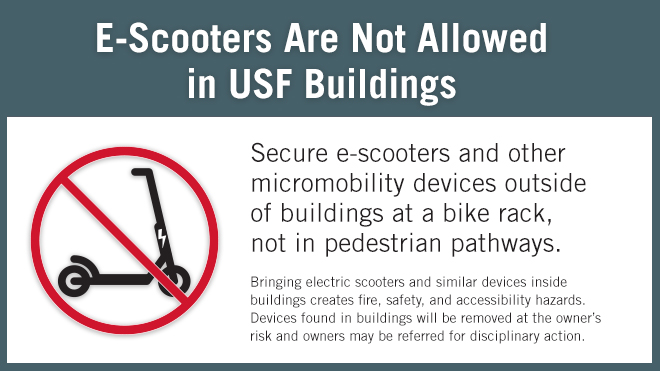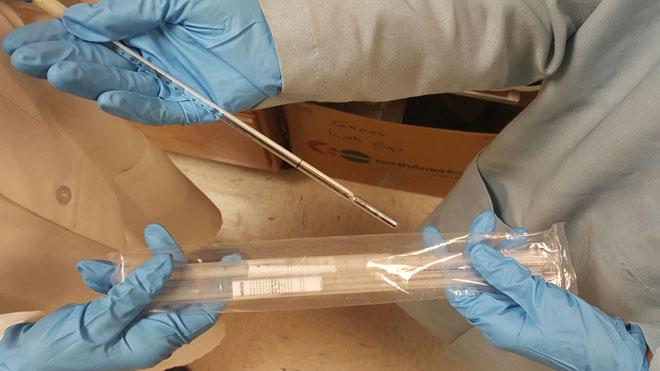Environmental Health and Safety | University of South Florida


Updated Regulation from the EPA DCM monitoring must be completed by May 5, 2025. Contact EH&S now to schedule.

It's Free!!! Participate in EH&S's Mercury Exchange Program, it's easy, good for the environment, and free!


Golf Cart Safety Training If you drive a Golf Cart and have yet to take this training, please do so before turning those keys!


